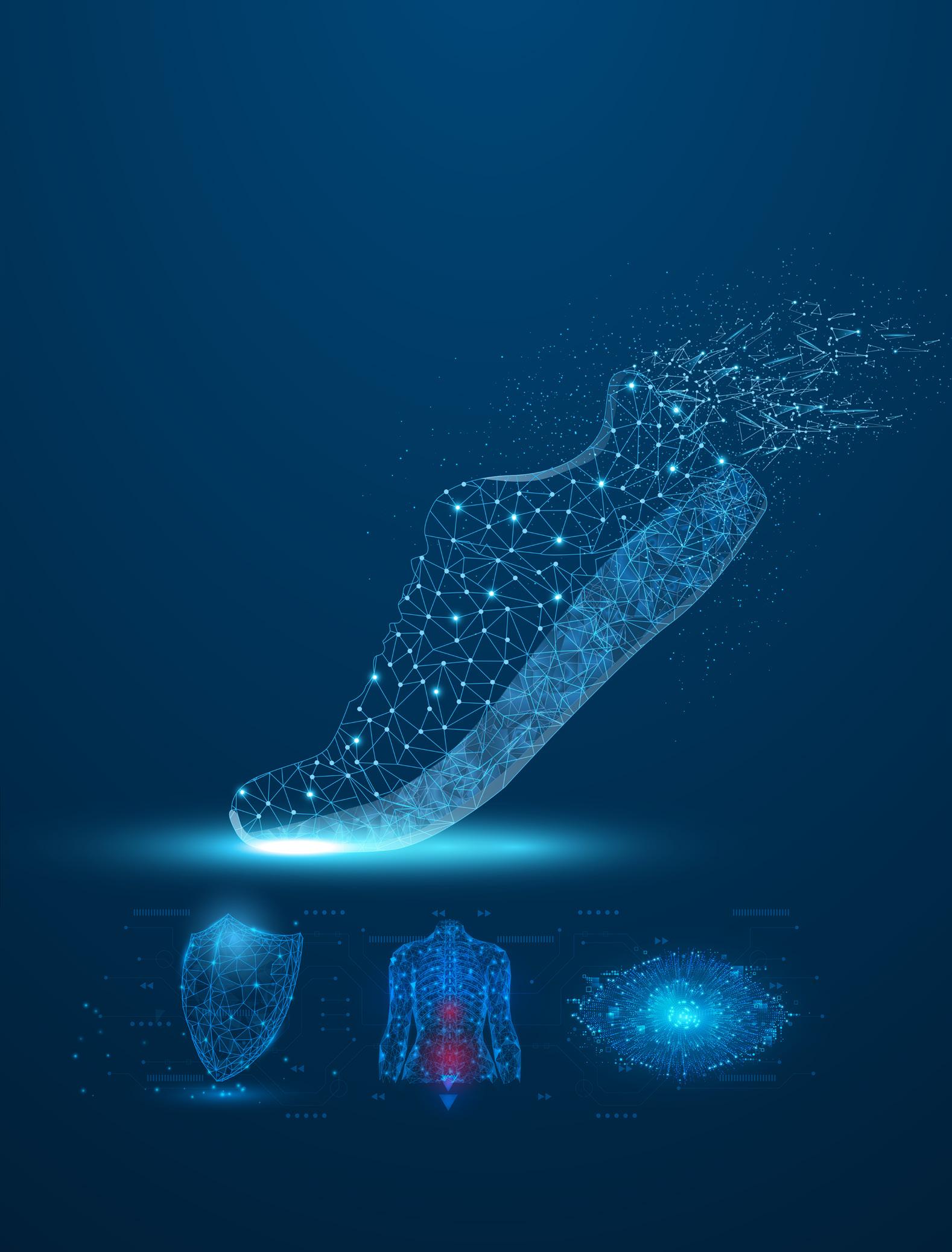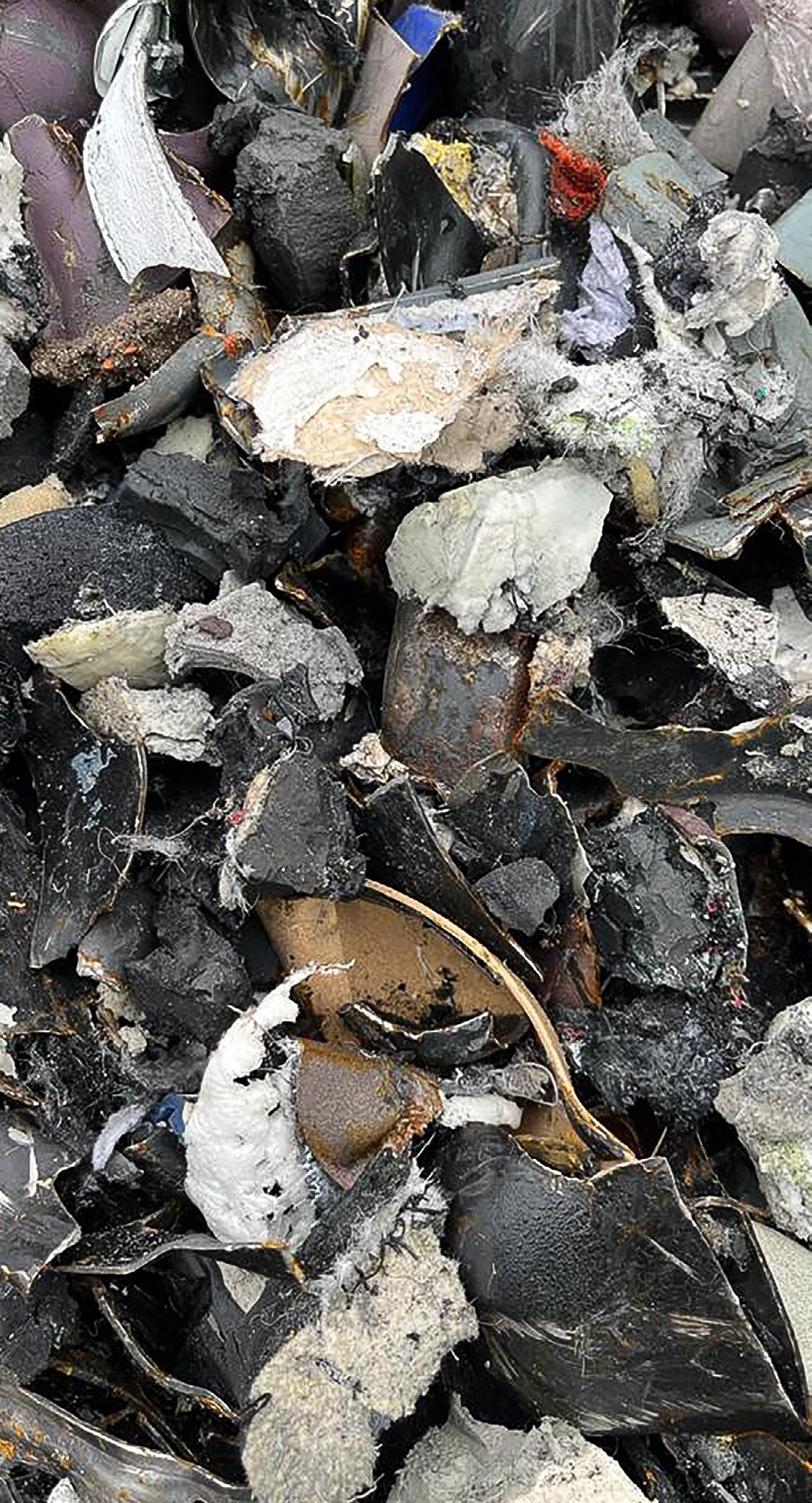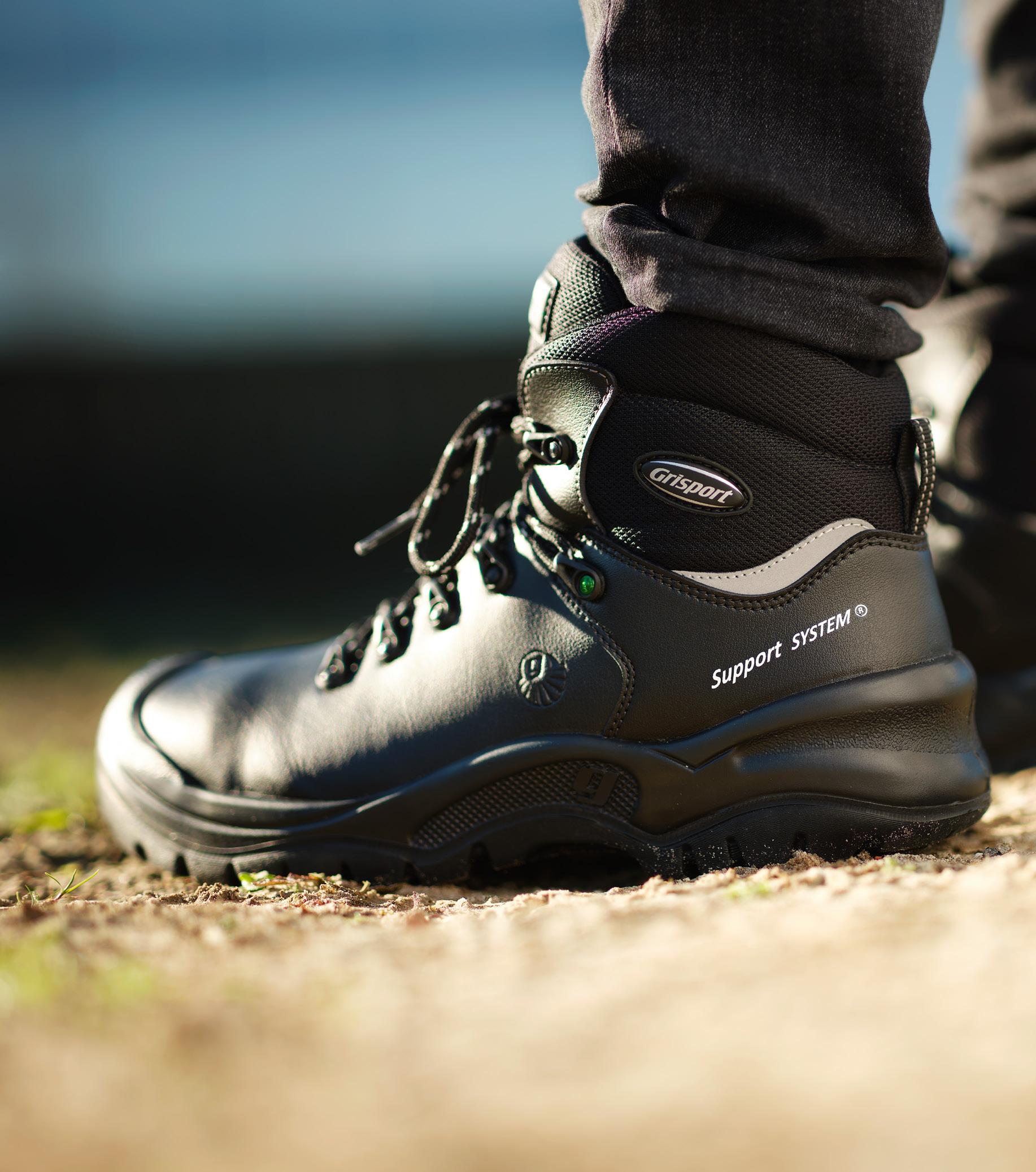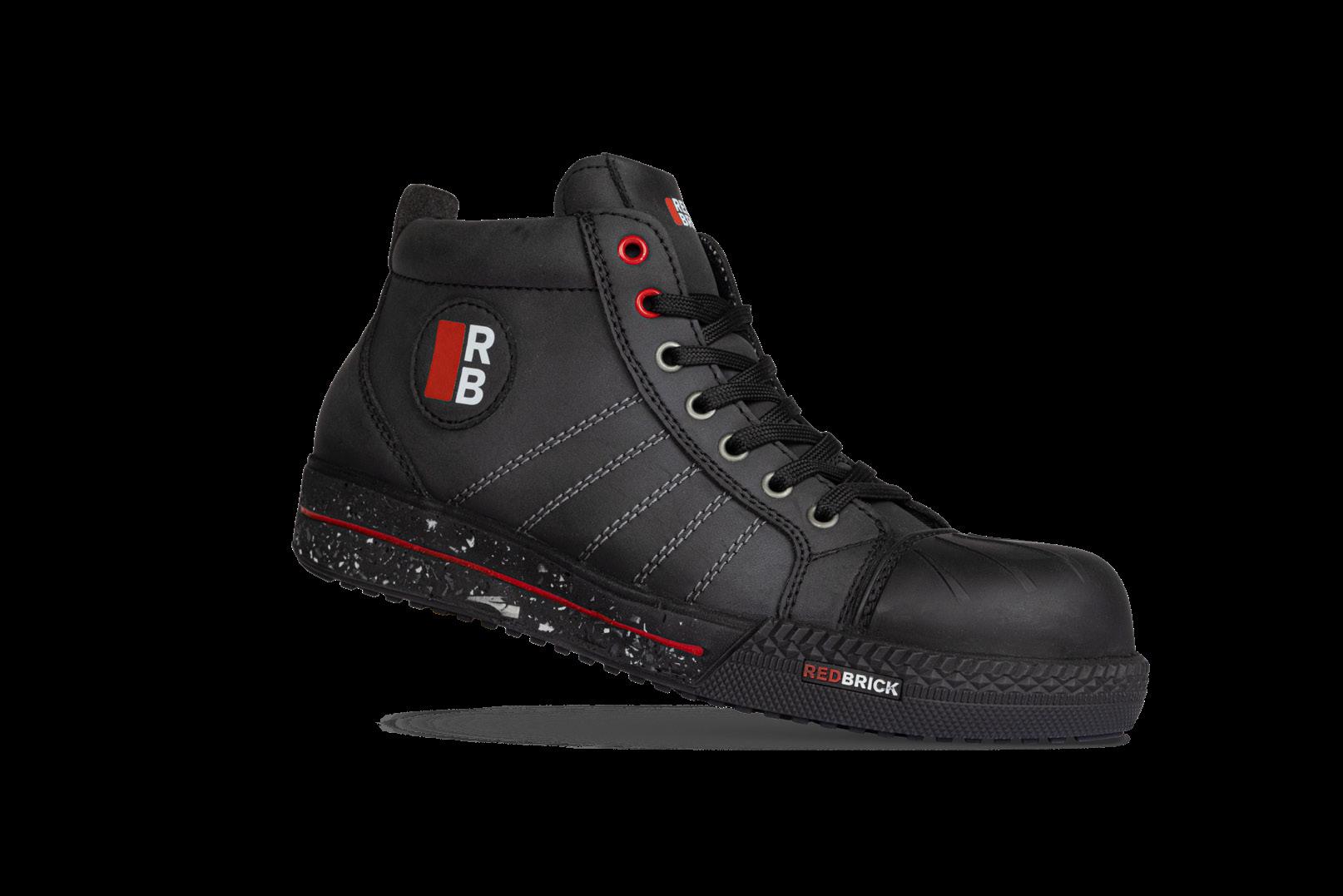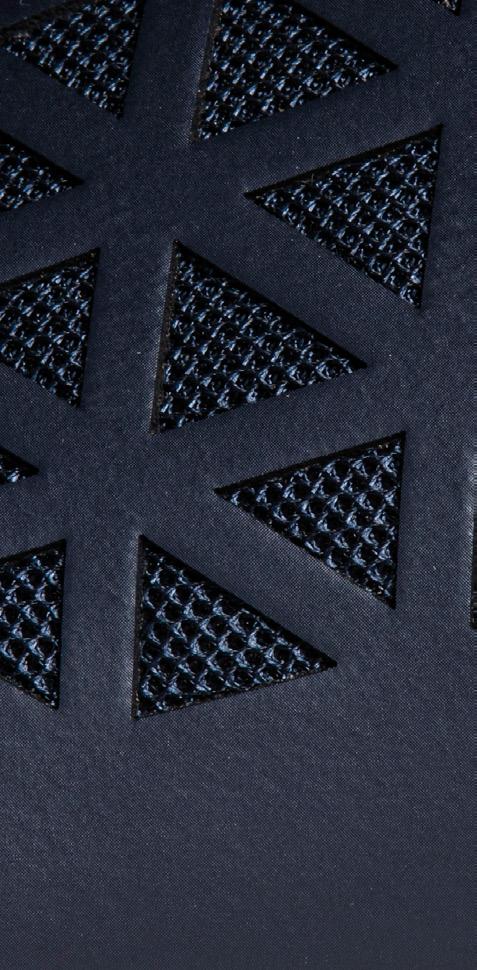
2 minute read
Carbon reduction
Reducing CO2 emissions is one of the biggest challenges in the fight against climate change. We aim to reduce carbon emissions both within Allshoes (scope 1 and 2) and across our entire chain (scope 3).
Carbon reduction of 10% within Allshoes
Within scope 1 and 2, we were able to reduce our emissions by 10% compared to the base year 2018. Because we have started working at the office more and have grown as a company, we do see a slight increase compared to last year during the COVID pandemic. Read more about our carbon emissions in the chapter Sustainable Operations.
Carbon reduction of 2% per product sold
In our chain (scope 3), emissions per product sold decreased slightly by 2% compared to the year 2020. We expect to further reduce our emissions per product sold by 2023, as we will use new materials with less environmental impact in our shoes. By 2023, we will launch the first models with more than 50%weight-based recycled material. An absolute first among safety shoes!
In 2023, we will accelerate the reduction of our carbon emissions in scope 1 and 2, as well as in scope 3. We achieve this, for example, by using recycled raw materials and materials with less environmental impact and by using green energy. Our Life Cycle Assessments, calculated in collaboration with Ecochain, give us insight into the areas that offer the most potential gains.
99% of our emissions come from our products. That is why it is so important to make the designs of our products more sustainable!
Aim for 2025
• A climate neutral organisation (scope 1 and 2) with 30% reduction of greenhouse gases within our organisation*1
• And 25% reduction in greenhouse gases per product sold*2
Progress
• 10% reduction of greenhouse gases within our organisation by 2022*1
• 2% reduction in greenhouse gases per product sold by 2022*2 *1 -
*At Allshoes we are constantly learning, also on the topic of sustainability. The calculated CO2 emissions are a recalculation of the data in the report of 2021.
Circularity
As the market leader in the safety footwear industry, we are taking the lead in the transition to a circular economy. We focus on bringing materials from used work and safety shoes back into the chain through the Circular Footwear Alliance (CFA). We are also working to reuse these raw materials in new shoes.
The past few months we have been working hard on developing safety shoes with more than 50%weight-based recycled raw materials. This is a big step towards the goal of a circular product range. We will apply this in other models as well. The growth and professionalisation of the CFA also contribute to this. Over the coming period, we are committed to internationalising the CFA, promoting legislation (Extended Producer Responsibility- EPR) and further developing recycling technologies.
10.540 pairs of used safety shoes collected in 2022 through the Circular Footwear Alliance
Aim for 2025
A fully circular range.
According to Allshoes, a circular product meets the following requirements:
1. Contains at least 50%weight-based recycled content
2. Is designed for a long service life
3. Is designed for easy dismantling
4. Can be recycled into applications with the highest possible quality
Progress
• Together with our supplier AMF, we have developed four new Redbrick models with 53-57%weight-based recycled raw materials.
• In collaboration with Grisport, we developed the Grisport 103 with 50%weight-based recycled raw materials. For the above shoes, we already meet our criteria 1-3 for a circular product.
• Wherever possible, we work with materials certified to the Global Recycle Standard (GRS).
>50%weight-based recycled raw materials
• In 2022, we have recycled 11,800 pairs of used occupational and safety shoes through the Circular Footwear Alliance (CFA).


